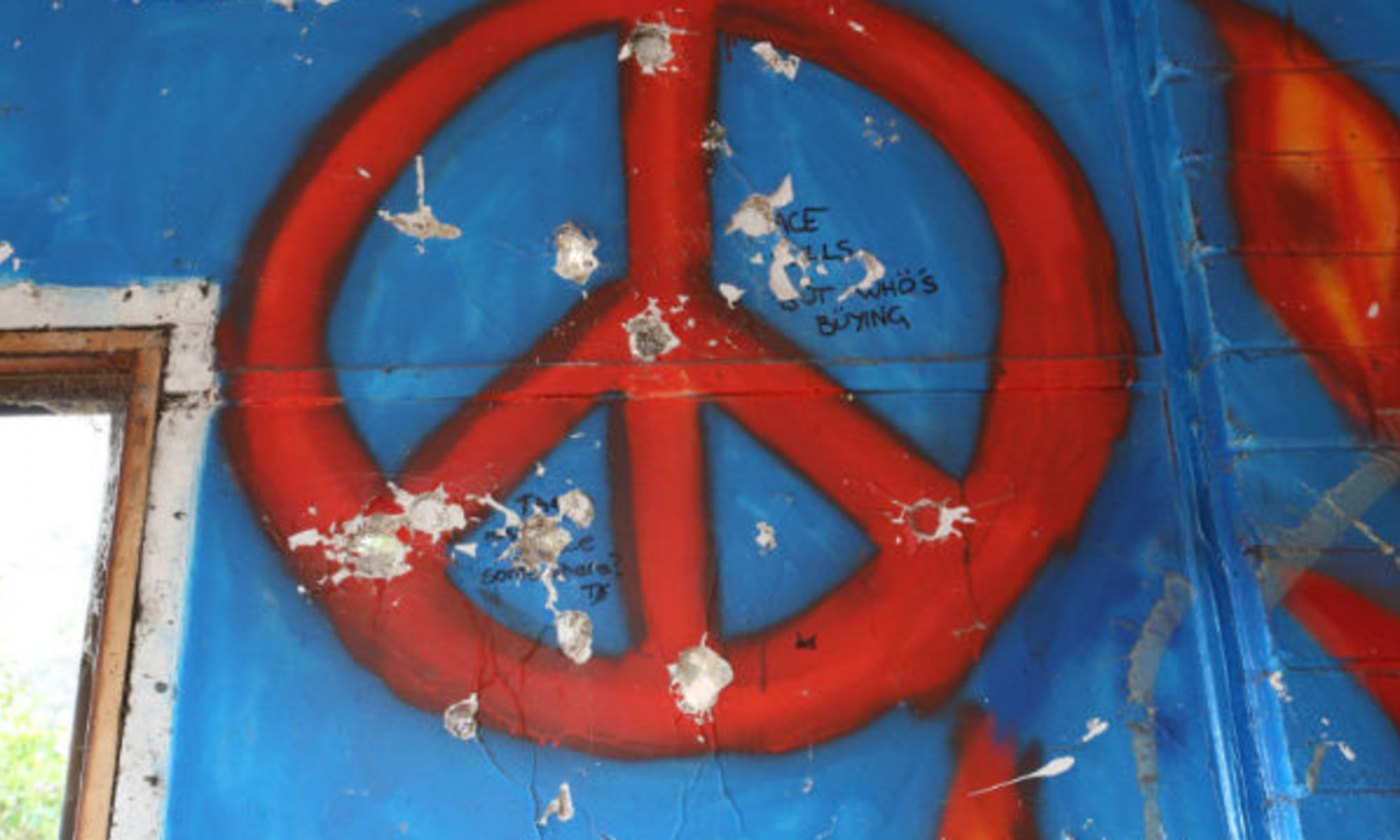By Terah Clifford

Out of all our field visits, I enjoyed the trip to Rancho Cielo the most. After all of our discussion about the lack of activities for young people in small towns and their strong desire to find a place to belong, it was so exciting to witness an organization that is striving to provide an alternative. While I enjoyed the tour of the facility, including their garden, the homes the students built themselves, their new electrical facility, and their restaurant, I also noticed a small thing that is of particular interest to me.
When we were in one of the classrooms, I saw a few of the books that are a part of their curriculum: several levels of math books, and then a large box of novels and volumes of poetry for their English courses. I love to read, and I am also majoring in English, so it is always natural to me to gravitate towards bookcases and piles of books in any environment.
I had the opportunity to work as a tutor for 2 years at my community college before I transferred to Berkeley, and I focused on helping students in pre-transfer and lower-level English courses. I worked extensively with students who spoke English as their second or third language, as well as many adult learners and students with learning disabilities. English is a tricky subject because writing can be such an intensely personal endeavor, and many people do not enjoy reading. These factors, as well as the diverse nature of their students, make it hard for teachers to choose books that will interest students across the broad spectrum of experience and reading level.
I am always interested in what books teachers assign, and when I looked in the boxes in the classroom I was surprised and pleased to see what they planned to go through with their students over the coming academic period. There were copies of a book of poetry by Tupac Shakur’s The Rose that Grew from Concrete, a book discussing racism and oppression, and a novel about a young man from Harlem who enrolls in the military and is sent to Iraq, and a few others. I was so pleased to see the diverse selection and that all of the books included characters who were experiencing marginalization in various forms. Every book dealt with raw hardship and real-life trauma in some way. Although I love the classics and believe there is a time and a place for them, that place is not necessarily in a classroom full of youth who have experienced the worst that life has to offer. Students who go through trauma on a daily basis don’t necessarily need to start off reading Shakespeare, although there are certainly themes in his plays that transcend time and space to bridge the gap between what we experience now and how people lived then. But so often reading functions as an obstacle rather than a bridge. I loved the modern accessibility and relatable experiences that these books represent, and it gave me hope that the teachers know their students and can contribute positively toward their healing. I hope the students who read the books I saw over the next year find common ground with the characters and that reading does for them what it did for me: enhance empathy, remind me I am not alone, and give me a glimpse into the world outside of myself. Reading is transformative and the power of words to harm or heal is immeasurable.


